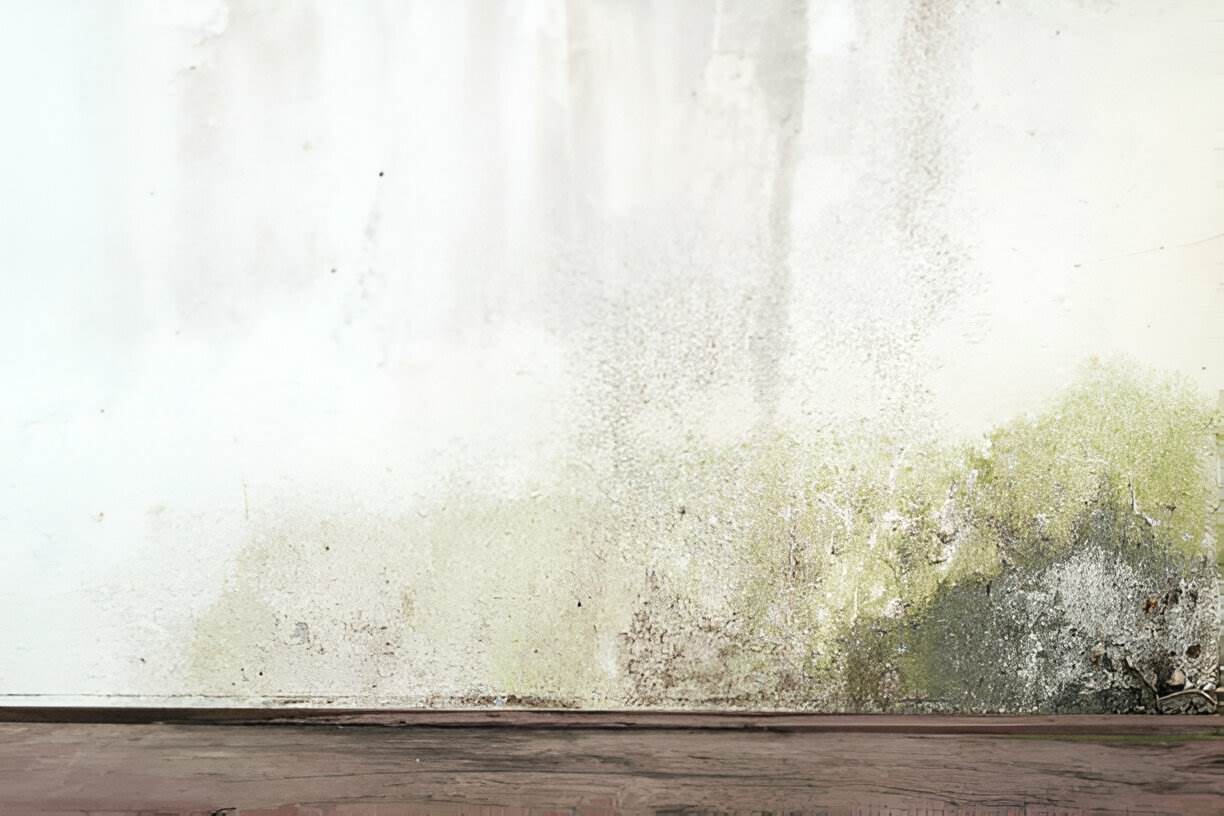
Safeguarding Your Home: 5 Essential Steps to Combat Basement Moisture
Basement moisture is a common problem that can lead to serious issues if left unchecked. From mold growth to structural damage, the consequences of excess moisture in your basement can be costly and hazardous to your health.
This blog post will explore five essential steps you can take to protect your house against basement moisture, ensuring a dry and healthy living space for you and your family.
1. Proper Grading and Landscaping
Effective water management starts outside your home. Ensure that the ground around your house slopes away from the foundation. This grading helps direct water away from your basement walls.
Add soil to create a gentle slope that extends at least 6 feet from your home’s exterior. Additionally, consider installing a French drain system to further divert water away from your foundation. Proper landscaping can significantly reduce the amount of water that seeps into your basement.
2. Install and Maintain Gutters and Downspouts
Gutters and downspouts play a crucial role in directing rainwater away from your home’s foundation. Install gutters along your roof’s edge to collect rainwater. Ensure that downspouts extend at least 5 feet away from your house.
Regularly clean your gutters to prevent clogs that can cause water to overflow and pool near your foundation. Consider installing gutter guards to minimize debris accumulation and reduce maintenance needs. Properly functioning gutters and downspouts are essential in protecting your basement from moisture intrusion.
3. Seal Cracks and Waterproof Walls
Inspect your basement walls and floor for any cracks or gaps. Even small fissures can allow moisture to seep through. Use hydraulic cement or epoxy injections to seal these openings effectively.
Apply a waterproof coating to your basement walls to create an additional barrier against moisture. Choose a high-quality, breathable waterproofing product that allows vapor to escape while preventing water from entering. This two-pronged approach will significantly enhance your basement’s resistance to moisture infiltration.
4. Install a Proper Drainage System
A well-designed drainage system is crucial for managing water that accumulates around your foundation. Consider installing a perimeter drain system, also known as a French drain, around the exterior of your basement. This system collects and redirects water away from your home.
For added protection, install a sump pump in your basement. A sump pump automatically removes excess water that may accumulate in the sump pit, preventing flooding and moisture buildup. Regularly test and maintain your sump pump to ensure it functions properly when needed.
5. Control Indoor Humidity Levels
Maintaining proper indoor humidity levels is essential for preventing moisture problems in your basement. Use a dehumidifier to keep relative humidity between 30% and 50%. This range discourages mold growth and reduces condensation on surfaces.
Ensure proper ventilation in your basement by installing exhaust fans or opening windows when weather permits. Consider using moisture-absorbing materials like silica gel or calcium chloride in areas prone to dampness. These simple steps can significantly improve air quality and reduce moisture-related issues in your basement.
Conclusion
Protecting your house against basement moisture requires a multi-faceted approach. Use these five strategies to prevent basement moisture: proper grading, gutter maintenance, sealing cracks, installing drainage, and controlling humidity.
Remember, prevention is key, and regular maintenance of these systems will ensure long-term protection for your home and peace of mind for you and your family.
